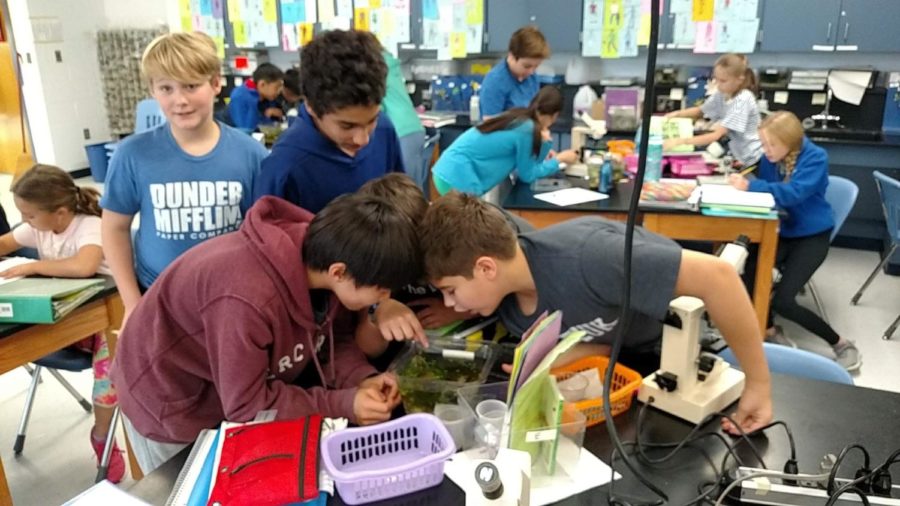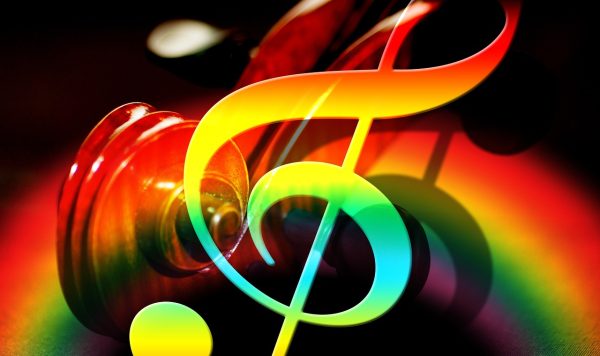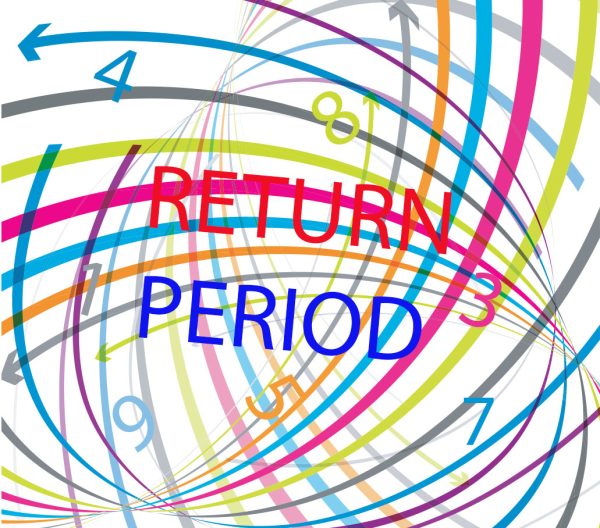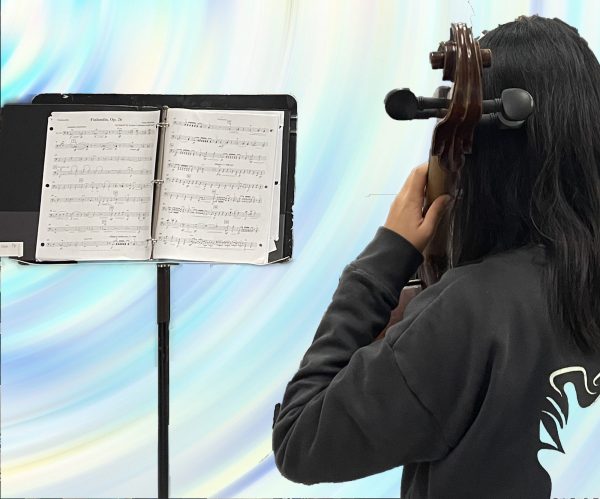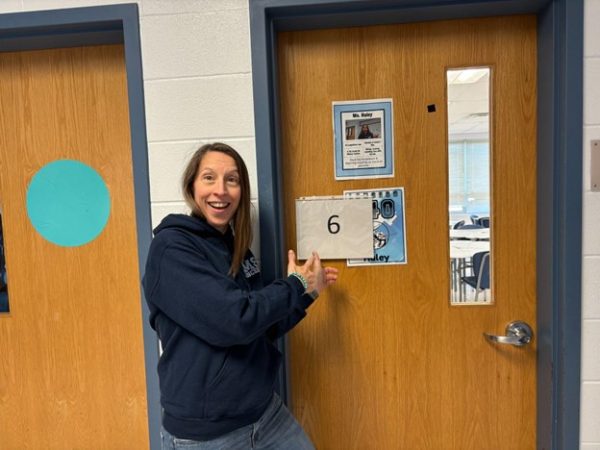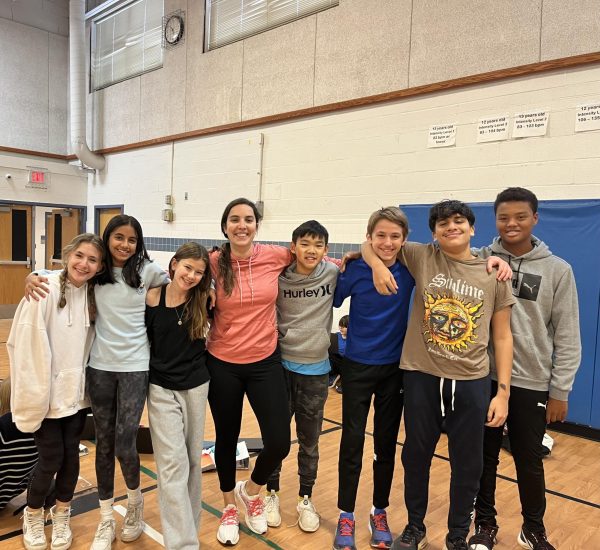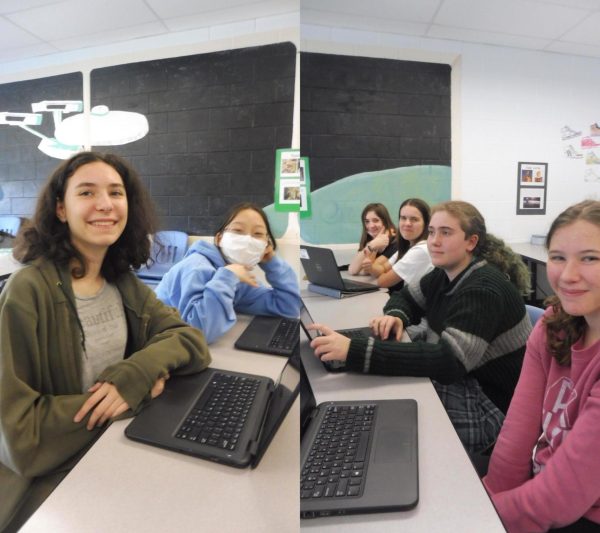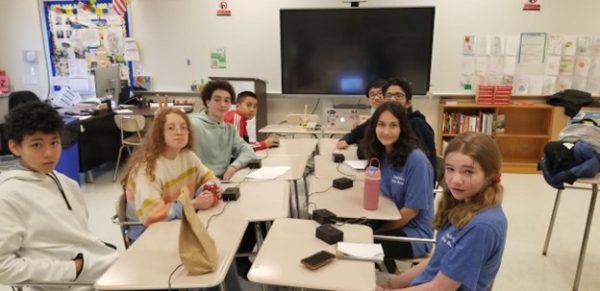Field Trips and Hands-On Lessons Were Absent During Hybrid Learning
Mr. Bradford’s students last year crowded around fish tanks to learn about eco-systems, but students weren’t able to do that lab this year.
Though some students were able to return to the hallways this year, their classes and lessons were far from the norm. There are several traditions and lessons that Longfellow students from years past experienced that were simply not possible in a hybrid learning, socially distanced way.
“One of the main challenges for all of the science classes this year is that we’ve lost the ability to do hands-on learning. One of the favorite activities of students in the past was setting up the student aquariums,” said 7th grade science teacher Jim Bradford.
The project was done in groups. Each group had its own aquarium set up during the first semester. They added 10-15 different organisms during the first semester.
“In addition to that, we’ve lost the use of microscopes, balances, and other lab equipment, which has been almost entirely replaced by virtual lab simulations,” Bradford added. The simulations, in his opinion, were no replacement for the real thing.
In the Pre pandemic, there were many things you could do: you could do projects, face mask off, and take field trips to places. Seventh graders used to go to Hidden Pond Nature Center to learn about the local watershed. They would rotate through various activities, including spending some time at a creek looking for various bugs that indicate a healthy ecosystem.
‘’We’ve done some virtual field trips online and linked to various websites and videos, but the purpose of MWEE is to expose students to the actual outdoors in the hopes that they will develop an appreciation for nature rather than seeing things through a screen. Supplementing with computer programs can’t replace the experience,” explained Mr. Bradford.
And students are not only missing out on field trips but on special visitors as well. Andrew Wilson, from Under the Sea, has been bringing his creatures from the Chesapeake bay to Longfellow students for over 20 years. According to Bradford, this is the first year he’s missed in all that time.
Eighth grade science teacher Bindhu Zachariah indicated that the same problems are occurring for their classes.
“The biggest challenge we have experienced during COVID is the inability to do many of our lab activities. The students have not been able to get the hands-on experience that the 8th grade curriculum provides in both chemistry and physics,” said Zachariah.
Some of the big lessons that students missed this year were density, chemical reactions, chemical bonding, heat transfer, and phase changes labs.
“Now that we are back in person it is still a challenge to do activities in the classroom because students are not allowed to share equipment, some students are virtual and don’t have access to materials, and we must still practice social distancing,” Ms. Zachariah added.
Teachers have worked hard to provide other opportunities for students to practice their science skills by creating lab activities that students can do at home using common household items. They have also used Gizmos and Phet for online simulations of many of our lab activities. To encourage engagement in class, the science department is also using Peardeck, Nearpod, and EdPuzzle.
Science is not the only department having these difficulties. History teacher Ms. Haley had to forego her famous Trench Warfare Simulation; PE students can’t utilize the gyms when classes are indoors or play any sports that require close contact, like basketball. With the warmer spring weather, at least they have gotten outside and more active, but can only practice technique and not play against each other. Electives are also hard hit. Drama students haven’t experienced a traditional play experience, and shop classes have no access to the power tools.
Despite all of that, the class of 2021 middle schoolers has experienced history together. They learned new ways to teach and learn, and one’s thing’s for sure, they aren’t likely to forget it anytime soon.


